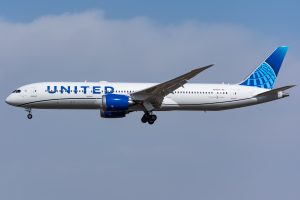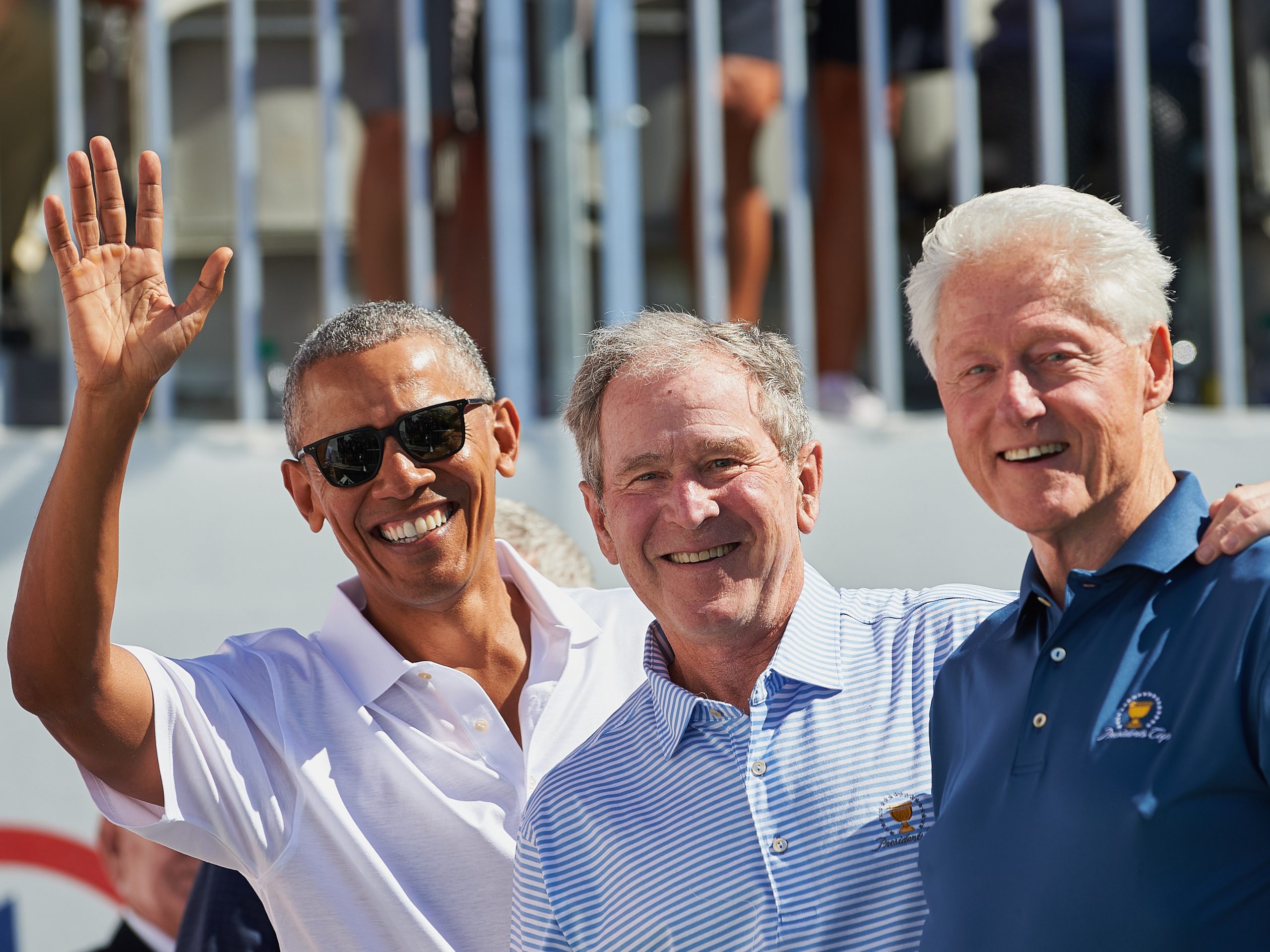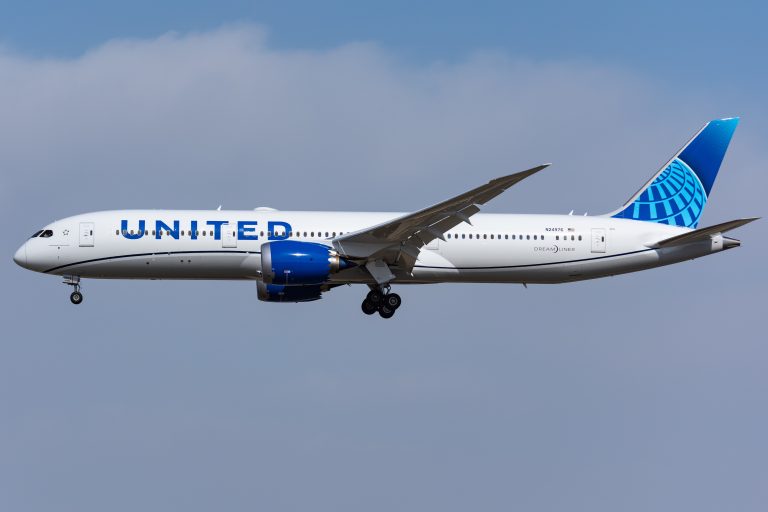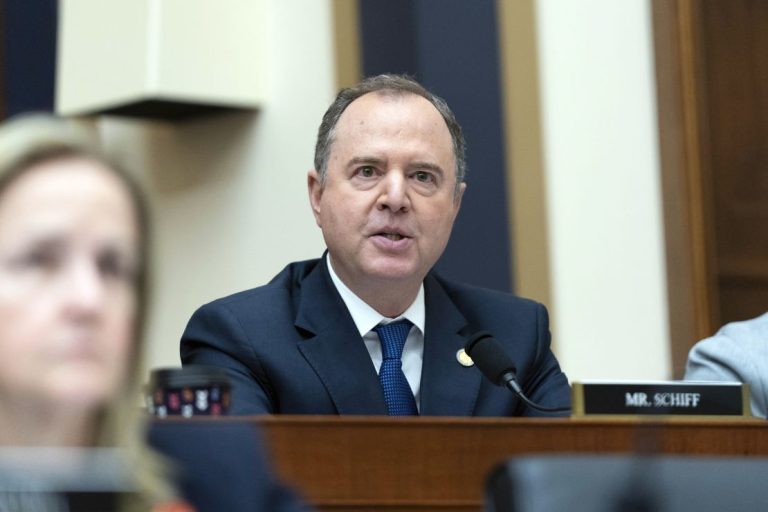At first glance, George W. Bush’s Prairie Chapel Ranch, outside Waco, Texas — once known as the Western White House — appears to be the picture of serenity. Rolling hills, rugged trails, and quiet corners stretch across the 1,600-acre property, far from the blinding spotlight of Washington politics. For sixteen years, the former president has largely retreated from public scrutiny, but appearances are deceiving. Behind this calm exterior, Bush has been quietly crafting a multifaceted post-presidential life — a blend of philanthropy, creative expression, and influence that continues to ripple through American society.
Bush’s retreat to the ranch is more than just a personal escape. It is the base for some of his most meaningful initiatives, including the annual Warrior 100K mountain bike ride. Now in its ninth year, this event is not a leisurely ride. It challenges seriously wounded veterans to traverse approximately 100 kilometers over rugged trails on the ranch. The event is emblematic of Bush’s ongoing commitment to military service members — an effort to honor their sacrifices and provide a supportive community long after their active duty has ended.
This annual gathering is more than a symbolic gesture; it’s part of a broader initiative designed to address the complex challenges veterans face after returning from service. From physical rehabilitation to mental health support, from employment programs to family assistance, Bush’s work demonstrates a sustained and deeply personal investment in those who served. By participating directly in the ride, he signals solidarity with the veterans, showing that he is not merely a distant advocate but a partner in their journey toward healing and reintegration. The ranch itself, with its winding trails and scenic vistas, becomes a metaphorical landscape for overcoming challenges — a place where veterans and the former president share experiences of perseverance and resilience.
Bush’s involvement with the military is only one facet of his post-presidential life. He has also emerged as a passionate artist. Painting, he has explained in interviews, allows him to process the complexities of his experiences and explore deeper reflections on leadership, courage, and humanity. His collection, titled Portraits of Courage, features vivid oil paintings of veterans he has met through his initiatives. These are not mere portraits; each piece carries a narrative that communicates the personal strength, dignity, and sacrifice of those who served. In presenting their stories alongside their likenesses, Bush transforms his art into both tribute and historical record, giving viewers a window into the often-unseen challenges faced by those who have defended their country.
This commitment to storytelling extends to his work at the George W. Bush Presidential Center, which serves as a hub for policy initiatives, public programs, and educational efforts. Beyond preserving his presidential archives, the center actively shapes discourse on issues like global leadership, economic development, human freedom, and veterans’ affairs. Through lectures, fellowships, and workshops, Bush influences the next generation of leaders, quietly mentoring policymakers, scholars, and activists without seeking personal publicity. In many ways, the center functions as an extension of his presidency, allowing him to continue shaping public conversation in subtle but enduring ways.
Faith and moral reflection also occupy a central role in Bush’s life. Known for his deeply held Christian beliefs, he often frames his post-presidential efforts within the context of moral purpose. From advocating for veterans to supporting education initiatives and humanitarian projects abroad, Bush emphasizes values such as service, integrity, and compassion. His public statements frequently reflect this lens, portraying challenges not merely as political problems but as moral obligations. This consistent ethical framing reinforces the broader narrative he has sought to construct: that leadership is measured not only by political achievements but by the enduring impact one leaves on society.
Despite his withdrawal from the partisan arena, Bush has maintained influence in public affairs through discreet channels. He engages with current policymakers, advises former colleagues, and participates in global discussions on topics ranging from security to international development. While he avoids the media frenzy of political debate, his counsel and perspective remain sought after by both governmental and non-governmental organizations. His voice, though quieter than during his presidency, retains weight in shaping discourse on key policy issues.
Bush’s post-presidential life is also marked by deliberate efforts to cultivate a personal and public legacy. He has authored books, given speeches, and participated in interviews that provide insight into his administration while framing his life’s work in broader cultural and historical terms. These activities serve a dual purpose: they allow him to share lessons learned from the presidency, and they ensure that his narrative is preserved according to his own perspective. Through storytelling, art, and public programs, he exercises a form of intellectual influence that complements his earlier political authority.
Additionally, Bush’s life at the ranch illustrates the integration of personal well-being with civic purpose. He maintains a physically active lifestyle, incorporating biking, hiking, and other outdoor pursuits into his routine. This emphasis on physical health mirrors his broader philosophy that leadership, endurance, and resilience are interconnected. By demonstrating these qualities publicly, he continues to inspire those around him, whether veterans participating in the W100K, students engaged in his educational programs, or the general public who follow his initiatives.
The narrative of Bush’s “vanishing” over the past sixteen years is thus misleading. He has not withdrawn from society but has shifted the nature of his engagement. Rather than wielding power in the spotlight, he exercises influence in quieter, more enduring ways. Whether through charitable initiatives, artistic expression, or mentorship, Bush has been building a multidimensional legacy designed to endure long after the news cycle has moved on. This approach reflects a profound understanding of leadership: that true impact often lies in the steady, patient work behind the scenes.
Bush’s efforts also highlight the continuity between his presidency and his post-presidential life. Policies and programs that shaped his administration — particularly regarding national security and veterans’ affairs — now find new expression through the initiatives he supports. By sustaining these priorities over the long term, he demonstrates that leadership extends beyond the tenure of office. The private and public aspects of his work converge, creating a complex, layered portrait of a man who refuses to let his influence fade.
Even his art offers lessons about resilience and reflection. The act of painting, while personal, engages with public themes: courage, sacrifice, and community. In celebrating veterans through art, Bush bridges personal creativity with civic responsibility. Each brushstroke is a testament to values that guided him as president and continue to define his approach to life after office. In this way, his artistic endeavors are not merely hobbies but vehicles for shaping collective memory and honoring shared experiences.
In sum, the last sixteen years have seen George W. Bush quietly constructing a life of purpose, service, and influence. The Western White House may appear tranquil from the outside, but it is a site of action, reflection, and planning. From hosting mountain bike rides for wounded veterans to painting portraits of courage, mentoring young leaders, and promoting moral and civic values, Bush has turned retirement into an active, meaningful second chapter. His secret life is not one of idle withdrawal but of deliberate, sustained engagement with the world he once led. Sixteen years on, the full measure of his quiet plotting is finally visible: a legacy carefully curated, enduring, and profoundly human.

Emily Johnson is a critically acclaimed essayist and novelist known for her thought-provoking works centered on feminism, women’s rights, and modern relationships. Born and raised in Portland, Oregon, Emily grew up with a deep love of books, often spending her afternoons at her local library. She went on to study literature and gender studies at UCLA, where she became deeply involved in activism and began publishing essays in campus journals. Her debut essay collection, Voices Unbound, struck a chord with readers nationwide for its fearless exploration of gender dynamics, identity, and the challenges faced by women in contemporary society. Emily later transitioned into fiction, writing novels that balance compelling storytelling with social commentary. Her protagonists are often strong, multidimensional women navigating love, ambition, and the struggles of everyday life, making her a favorite among readers who crave authentic, relatable narratives. Critics praise her ability to merge personal intimacy with universal themes. Off the page, Emily is an advocate for women in publishing, leading workshops that encourage young female writers to embrace their voices. She lives in Seattle with her partner and two rescue cats, where she continues to write, teach, and inspire a new generation of storytellers.









